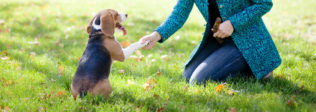Most pet owners have thousands of photos on their phones. Most of them are blurry, dark, or missing half a tail. Pets are adorable, but they’re unpredictable subjects. They move fast, squirm out of frame, and refuse to sit still when the camera’s ready.
The good news is that you don’t have to be a professional pet photographer.
You don’t need a studio or fancy gear to capture great photos of your pets. With a few techniques and a bit of patience, you can bring out your pet’s personality and get photos you’ll actually want to print.
If your pet tends to be hyper or distracted, it can help to understand their behavior before you start shooting. A few tips for dealing with bad dog behavior can make photograph sessions smoother.
Use Natural Light to Bring Out True Colors
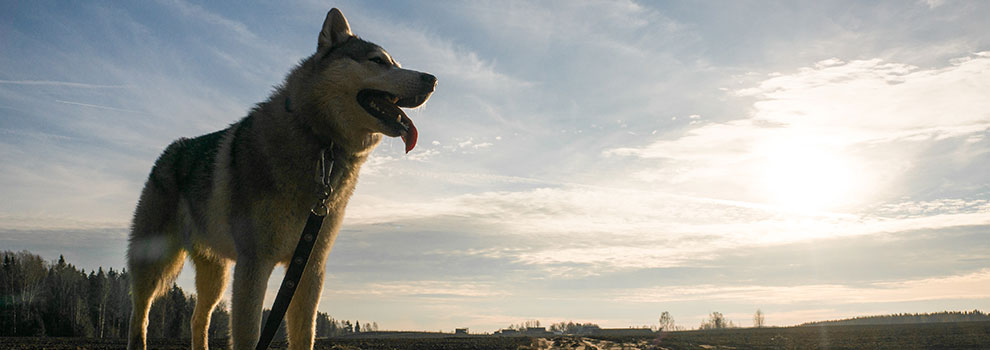
Natural light is your best friend in pet photography. It makes fur look soft, keeps colors accurate, and avoids the harsh glare that comes from flash.
If you’re indoors, set up near a big window or glass door. Turn off any yellow indoor bulbs that could mix color temperatures. Face your pet toward the light source, not with it behind them, to prevent shadows across the face.
If you’re outside, early morning or late afternoon light is ideal. It’s warm, diffused, and flattering for both cats and dogs. Midday sun can make black coats look flat and white fur overexposed.
Just be mindful of the heat and sunlight, especially for light-colored breeds prone to dog sunburns.
Shutter Speed, ISO, & Aperture Camera Settings

Even the cutest pose falls apart if it’s blurry. Pets move fast, so a fast shutter speed (1/500s or higher) is essential to freeze action.
If you’re shooting indoors, raise your ISO to 800–1600 to keep the photo bright without slowing the shutter. Don’t worry too much about noise, modern cameras and phones handle it well.
For portraits, open your aperture wide (around f/2.8–f/5.6) to create a shallow depth of field. This keeps your pet sharp while blurring the background into a pleasing bokeh.
Switch to burst mode or continuous shooting. Pets blink, sneeze, and turn away at the wrong time. A quick burst of 10 shots often yields one perfect moment.
For action shots, pan with your pet’s movement to create motion blur in the background while keeping them sharp. A shutter speed of 1/1000s or faster freezes jumps, runs, or toy chases. Practicing a few basic dog commands can make it easier to get those high-energy shots on cue. Or better yet, bring your camera along on your next adventure.
Capture Personality Through Play and Patience
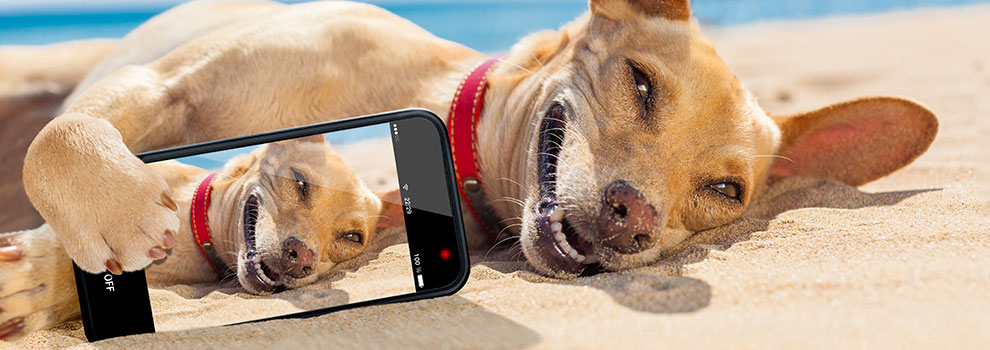
The best photos show your pet’s personality, not a stiff pose. Before shooting, spend a few minutes playing or letting them explore. It relaxes them and helps you capture natural expressions.
Use a favorite toy or treat to get their attention, but keep sessions short. Most pets lose interest after five minutes. Watch for small moments: a sideways glance, a tilted head, a yawn. Those candid details make a photo feel alive.
Homemade rewards, like these DIY dog treats, are great for keeping your pet’s attention and rewarding patience. And remember, avoid forcing poses or using flash near your pet’s eyes. The goal is comfort, not compliance.
Strong relationships lead to relaxed, natural photos. The benefits of growing up with pets go beyond companionship. They teach empathy and trust, both of which come through clearly in a great portrait.
Focusing on the Eyes
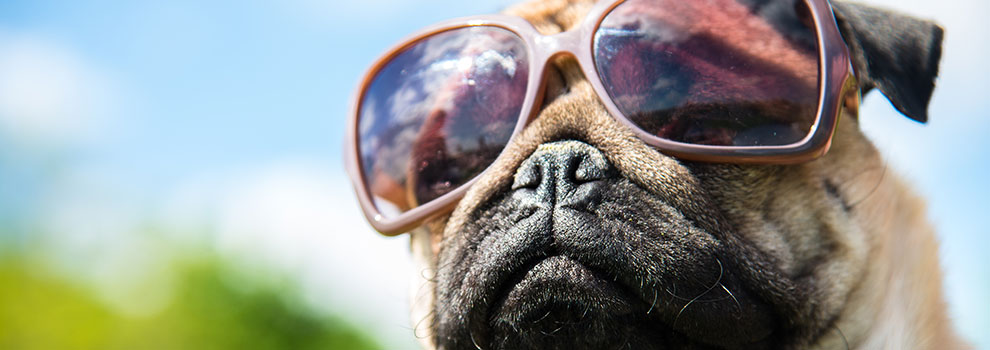
The eyes make or break a photo. They’re where viewers connect.
Always set your focus point directly on your pet’s eyes. Use continuous autofocus (AF-C) if your pet tends to move. You can crouch to eye level for a more intimate perspective.
Look for catchlights, tiny reflections of your light source in the eyes. They add sparkle and depth, making your pet look alert and alive. If one eye is closer to the camera, focus on that one. A sharp eye draws attention and anchors the entire image.
Experiment With Composition and Angles

Good composition turns a casual snapshot into something worth framing.
Try shooting from your pet’s world instead of yours. Lie on the floor, crouch in the grass, or tilt the camera slightly for a playful angle. A low viewpoint makes a small pet look heroic, a top-down view works for sleepy cats in cozy spots.
Use the rule of thirds. Place your pet slightly off-center for visual balance. And don’t be afraid of negative space. A simple background can make your pet stand out beautifully.
When possible, simplify your background. Remove clutter, move a few feet farther away, or use a wide aperture to blur it. A plain wall or soft outdoor backdrop keeps attention on your pet’s expression.
If you want to change scenery, head outdoors. The best photo spots often double as fun destinations. Try one of the places to take your dog in Utah Valley for more variety.
Gear That Helps (But Isn’t Essential)
Great photos come from patience, not pricey gear. Still, the right tools can make things easier.
A DSLR or mirrorless camera gives more control over settings, but today’s smartphones can deliver excellent results.
Smartphone Pet Photography Tips
- Tap to lock focus and exposure on your pet’s face.
- Slightly lower exposure to keep bright fur from blowing out.
- Use burst mode to capture quick expressions.
- Avoid zooming; move closer instead.
- And clean your lens, smudges are a silent killer of clarity.
For cameras, a 50mm prime lens is perfect for portraits. A 70–200mm telephoto helps you capture action from a distance. If you’re shooting solo, a tripod and remote shutter prevent camera shake and let you interact naturally with your pet.
Edit and Share Your Pet Photos
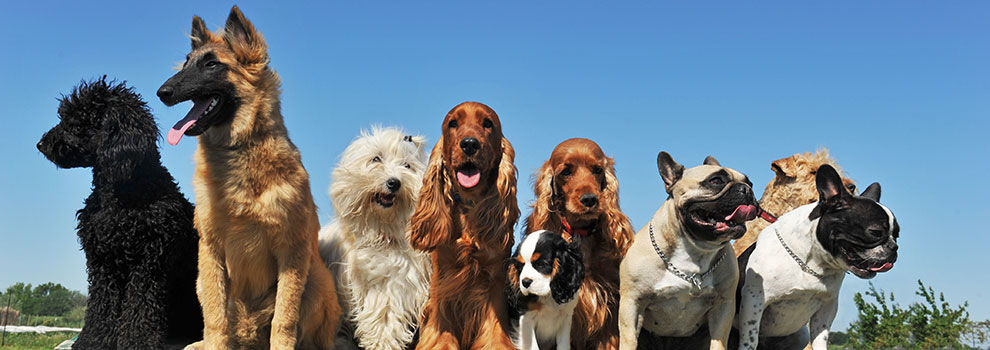
Editing should enhance your photo, not disguise it. A light touch brings out the best details without making your pet look artificial.
Start by adjusting exposure and white balance. Brighten slightly, warm up tones, and reduce shadows on dark fur. Tools like Snapseed, Lightroom Mobile, or your phone’s built-in editor work fine.
Crop strategically to draw attention to the eyes or expression. Avoid heavy filters and/or over-smoothing. You want to preserve the texture of fur and whiskers.
If you’re editing for seasonal photos, it’s worth reviewing holiday pet safety tips before adding props, lights, or costumes. The best photos always put your pet’s comfort first.
Final Thoughts
Great pet photos aren’t about getting the perfect shot, it’s about connection. Every wag, whisker, or lazy stretch tells part of your pet’s story.
Learn their habits, find good light, and keep your finger on the shutter. You’ll miss a few shots, but the ones that work will capture exactly why you love your furry friend.
 All About Pets
All About Pets 
